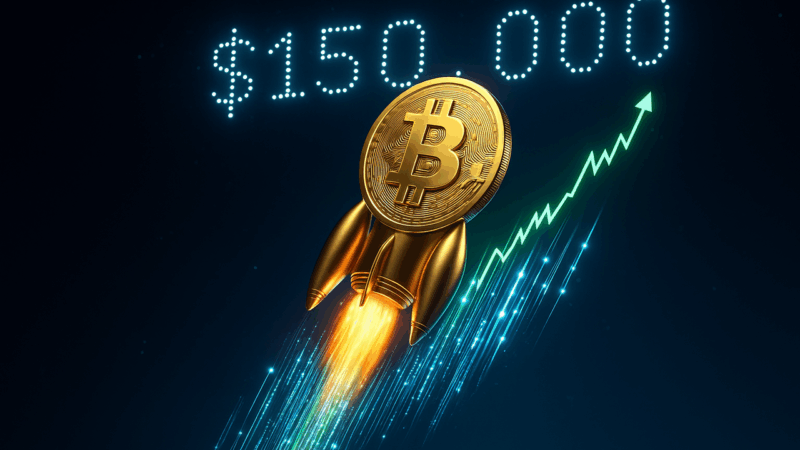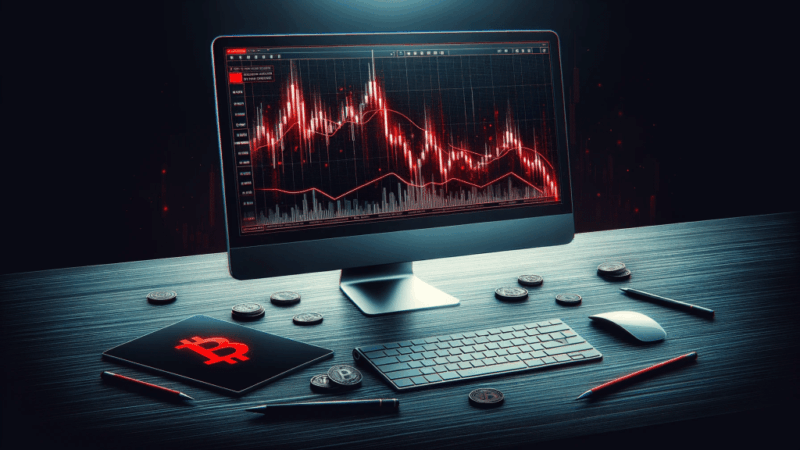The big bet on Krypto's AI infrastructure

Artificial intelligence revolutionizes the technology landscape, and they are not just traditional players such as Nvidia and Google who shape the future. A new, decentralized movement is created – one that connects AI and blockchain to create an open, scalable and non -trust -free infrastructure.
Since AI systems require increasingly powerful computing and reliable data systems, cryptical platforms emerge. These systems not only offer alternatives, but also begin to cope with real workloads and to think again how AI is built and controlled.
We would be happy to receive your feedback! Coindesk carries out a confidential survey. Start survey.
Decentralized computing power becomes real
The idea of decentralized GPU networks, in which users rent computing power as required and achieve hardware owners by sharing unused resources, was once considered futuristic. Today it will quickly support operational and platforms already support the ongoing AI inference and training company.
Io.net is one of the leading actors in this area. With over 10,000 distributed active nodes, it offers scalable on-demand calculation via a decentralized infrastructure. The network uses advanced technologies such as ray-based distributed systems as well as proof-of work and time-relax mechanisms to ensure reliability and efficient coordination.
In the meantime, Go positions itself as a company-friendly alternative to traditional GPU clouds. With more than 400,000 high-performance GPU containers, including over 3,000 NVIDIA H100 and H200 units, Aethir is designed for performance-intensive AI workloads. His network is growing continuously because new cloud providers are added to meet demand in the field of AI and gaming.
These platforms not only provide computing power, but also token them. With native incentives, you promote the participation of hardware providers and validators and at the same time offer developers a scalable and often cheaper alternative to conventional cloud solutions.
Building a decentralized AI stack
Decentralized computing power is only the beginning. An entire AI infrastructure arises around blockchain native principles such as transparency, verifiability and user ownership.
The hosting of models is designed by projects such as redesignedAskwhich offers peer-to-peer training and inference via a global network. Its subnet architecture enables the participants to contribute models, to compete in terms of performance and earn rewards, and all without a central supervision.
The data infrastructure also develops. Filecoin has established itself as a decentralized storage solution that is able to support large-scale AI data sets. Organizations such as Singularity and Kite Ai now use Filecoin to not only store raw data, but also metadata and training resources, and thus pave the way for private and decentralized data pipelines.
Invest in the future: Ki-token vs. Big Tech
For investors, crypto-native token offer a fundamentally different kind of exposure to the AI boom. While traditional stocks such as Nvidia or AMD offer access to the hardware and infrastructure layers of the company AI, enable tokens such as Fetch.ai and Ask represent property in open, decentralized networks.
These projects experiment with peer-to-peer training, token-controlled inference markets and decentralized agent economies. Although they are more risky and experimental than traditional technology companies, they also correspond to a bottom-up vision of AI, the participation, integrity and open access to computing power and data.
What's next
With the maturation of decentralized AI ecosystems, a number of groundbreaking innovations are emerging:
- Autonomous AI agents: Independent operating agents who are able to carry out smart contracts, carry out on-chain transactions and to coordinate with other agents without human intervention.
- On-chain/off-chain interperability: Hybrid models are created that combine power-strong off-chain-KI with minimized on-chain logic and decision-making.
- Tokenized AI marketplaces: These platforms enable developers and users, models and agents to provide, evaluate and monetize in transparent, decentralized environments. This opens the path for economic networks of human-to-agent and agent-to-agent.
The way in front of us
The convergence of AI and crypto is no longer just a theoretical consideration, but develops into a fundamental change in the way in which intelligence is used, used and controlled. In order for AI to remain inclusive and safe, it has to go beyond closed, black box systems.
The transparent, programmable infrastructure of the blockchain offers a convincing alternative. With the growth of decentralized networks, we are expected to see an increasing number of AI applications, the on-chain developed, controlled by tokens, executed by global contributors and possessed by the communities to which they serve.
Disclaimer: The author can keep personal positions in some of the tokens mentioned.





